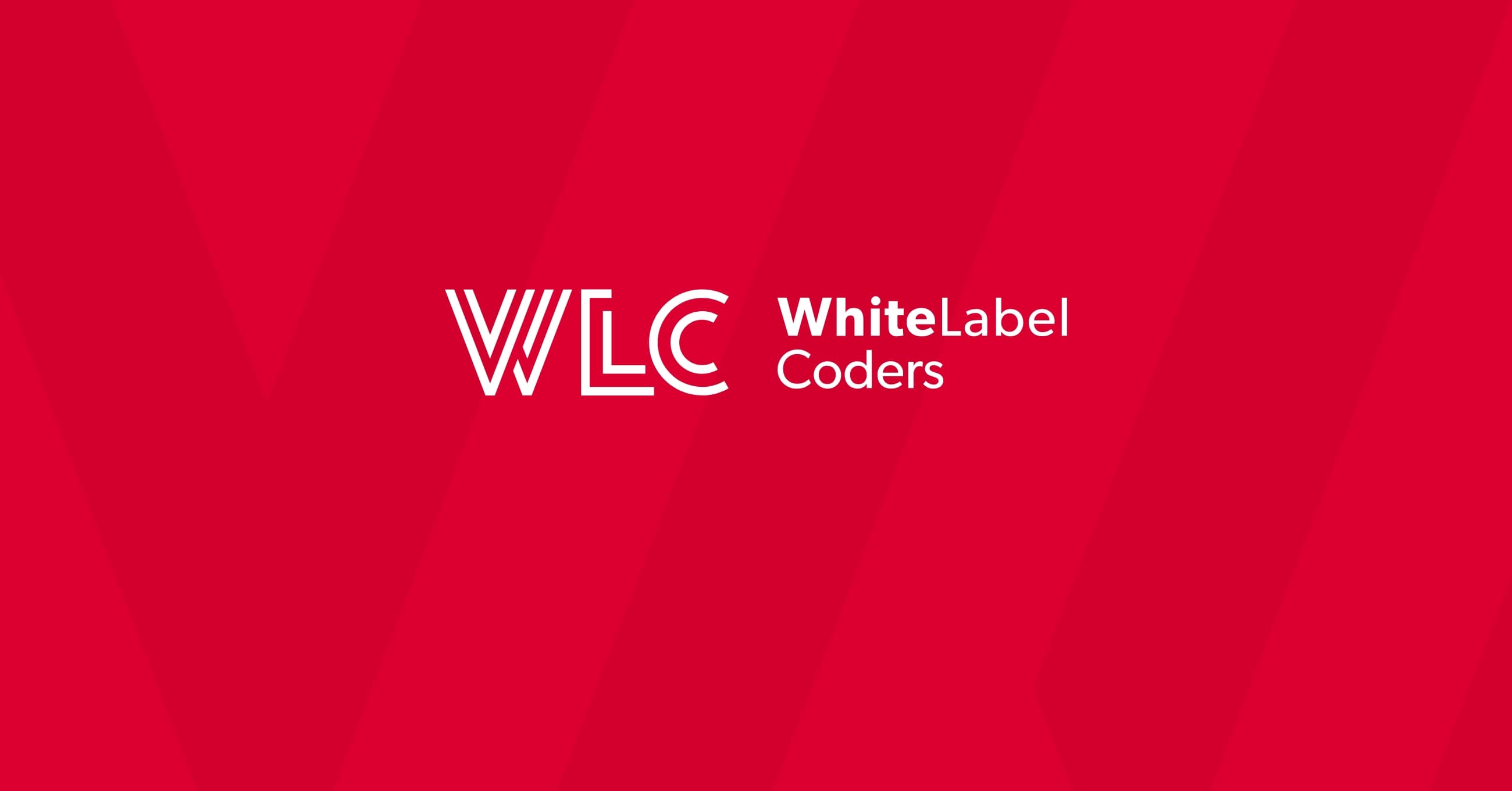Category: SEO AI
How do you integrate live sports data feeds into betting software?

Picture this: a football match is in its final minutes, the score is tied, and thousands of bettors are frantically placing live wagers on the next goal. Behind the scenes, millions of data points flow through sophisticated systems in milliseconds, updating odds and processing bets in real-time. This intricate dance between live sports data feeds and betting software determines whether your sportsbook thrives or fails in today’s competitive iGaming landscape. Understanding how to properly integrate these feeds isn’t just technical knowledge—it’s the foundation of successful modern betting platforms.
What are live sports data feeds and why are they crucial for betting software?
Live sports data feeds are real-time streams of information that deliver match statistics, scores, player data, and event updates directly to betting platforms as they happen. These feeds form the backbone of modern sportsbook operations, enabling operators to offer in-play betting, adjust odds dynamically, and provide users with up-to-the-second information that drives engagement and betting decisions.
The importance of these feeds cannot be overstated in today’s betting environment. Users expect instant updates when a goal is scored, a player receives a red card, or any significant event occurs during a match. Without reliable real-time sports data, your platform becomes obsolete within seconds. Bettors will quickly abandon a sportsbook that displays outdated information or fails to settle bets promptly.
Modern iGaming development relies heavily on these data streams to create competitive advantages. Platforms that receive data even milliseconds faster can offer better odds, capture more market share, and provide superior user experiences. The feeds also enable sophisticated features like cash-out options, live streaming integration, and automated risk management systems that are essential for professional sportsbook operations.
How do sports data APIs actually work in betting applications?
Sports data APIs function as intermediaries between data providers and your betting software, using standardised protocols to transmit information through HTTP requests and responses. The API receives authentication credentials, processes your data requests, and delivers structured information in formats like JSON or XML that your application can easily parse and display to users.
The technical flow begins when your system establishes a secure connection using API keys or OAuth tokens. Your application then sends requests specifying which sports, leagues, or matches you need data for. The API validates your credentials, checks your subscription limits, and responds with the requested information. This process happens continuously, with some APIs pushing updates automatically whilst others require your system to poll for new data at regular intervals.
Authentication methods vary between providers but typically involve API keys, bearer tokens, or more sophisticated OAuth 2.0 implementations. Your betting software integration must handle rate limiting, error responses, and connection timeouts gracefully. Most professional APIs also provide webhook functionality, allowing them to push critical updates directly to your system when significant events occur, reducing latency and ensuring your platform stays current.
What’s the difference between push and pull data integration methods?
Push integration delivers data automatically to your system the moment events occur, whilst pull integration requires your application to actively request updates at regular intervals. Push methods offer lower latency and reduced server load, making them ideal for live betting scenarios where milliseconds matter. Pull methods provide more control over data flow but can create delays and increase bandwidth usage.
Push systems work through webhooks or persistent connections where the data provider sends updates immediately when events happen. This approach minimises latency because there’s no waiting period between an event occurring and your system receiving the information. However, push systems require your infrastructure to handle sudden traffic spikes and maintain stable connections that can receive data at any time.
Pull systems involve your application making scheduled requests to check for updates, typically every few seconds for live events. Whilst this creates slightly more latency, it gives you complete control over when and how often you request data. Pull methods work better for less time-sensitive information like league tables or historical statistics. Many successful sportsbook platforms use hybrid approaches, employing push methods for critical live events and pull methods for supplementary data.
Which sports data providers offer the most reliable feeds for betting platforms?
Major sports data providers include Sportradar, Genius Sports, Stats Perform, and Betradar, each offering different coverage areas, reliability standards, and integration complexity levels. The best choice depends on your target markets, required sports coverage, budget constraints, and technical infrastructure capabilities. Established providers typically offer better reliability but come with higher costs and more complex integration requirements.
When evaluating sports data providers, consider coverage breadth across your target sports and geographical regions. Some providers excel in European football but have limited coverage of American sports, whilst others offer comprehensive global coverage at premium pricing. Reliability metrics like uptime guarantees, data accuracy rates, and average latency should be key factors in your decision-making process.
Integration complexity varies significantly between providers. Some offer simple REST APIs with excellent documentation, whilst others require more sophisticated implementation with custom protocols. Consider your development team’s capabilities and timeline when choosing a provider. Many operators start with one primary provider and add secondary feeds for backup coverage or specialised sports that their main provider doesn’t cover adequately.
How do you handle real-time data processing and latency issues?
Effective real-time data processing requires implementing caching layers, optimising database operations, and using content delivery networks to minimise latency between data receipt and user display. Successful systems typically process and display updates within 100-500 milliseconds of receiving them from the provider. This involves strategic caching, efficient data parsing, and streamlined database operations that prioritise speed without sacrificing accuracy.
Caching mechanisms play a crucial role in reducing latency. Implement multi-level caching with in-memory stores like Redis for frequently accessed data and CDN caching for static content. Your system should cache processed data rather than raw API responses, reducing computation time when serving information to users. Smart cache invalidation ensures users see updated information immediately when events occur.
Database optimisation becomes critical when handling high-frequency updates. Use indexed tables for quick lookups, implement connection pooling to manage database load, and consider using time-series databases for historical data storage. Many successful platforms separate live data processing from historical data storage, using fast in-memory databases for active events and traditional databases for long-term storage and reporting.
What technical challenges arise when integrating multiple sports data sources?
Integrating multiple data sources creates challenges around data format standardisation, handling conflicting information, implementing failover systems, and maintaining consistency across providers. Each provider uses different data structures, naming conventions, and update frequencies, requiring sophisticated normalisation processes to create unified data models. Conflicting information between sources must be resolved through priority systems and validation rules.
Data format standardisation requires building transformation layers that convert each provider’s format into your internal data structure. This involves mapping different field names, handling varying data types, and managing inconsistent event classifications. Your system needs to understand that “yellow_card” from one provider equals “booking” from another, whilst maintaining accuracy across all transformations.
Failover systems become essential when managing multiple sources. Implement automatic switching between providers when your primary source experiences outages or data quality issues. Your betting odds integration system should detect anomalies like missing updates or suspicious data patterns and seamlessly switch to backup sources without disrupting user experience. This requires continuous monitoring and intelligent decision-making algorithms that can assess data quality in real-time.
How do you ensure data accuracy and handle feed interruptions?
Data accuracy requires implementing validation protocols that cross-reference information between multiple sources, monitor for anomalies, and maintain backup feeds for continuity during outages. Successful systems use automated validation rules, human oversight for critical events, and comprehensive logging to track data quality issues. Feed interruption handling involves redundant connections, automatic failover mechanisms, and clear communication protocols with users during service disruptions.
Quality assurance protocols should include real-time validation checks that flag unusual patterns like impossible score changes, duplicate events, or timing inconsistencies. Implement threshold-based alerts that notify your team when data quality metrics fall below acceptable levels. Many operators use multiple data sources to cross-validate critical information, automatically flagging discrepancies for manual review.
Feed interruption handling requires robust monitoring systems that detect connection failures, data delays, or quality degradation within seconds. Your platform should maintain backup connections to alternative providers and implement graceful degradation when primary sources fail. Clear communication with users during outages maintains trust and manages expectations. Consider implementing status pages that provide real-time information about data feed health and any ongoing issues affecting your platform’s performance.
Successfully integrating live sports data feeds into betting software requires careful planning, robust technical infrastructure, and ongoing monitoring to ensure optimal performance. The complexity of managing real-time data, multiple providers, and user expectations makes this one of the most challenging aspects of sportsbook development. However, platforms that master these integrations gain significant competitive advantages through superior user experiences and operational efficiency. Whether you’re building a new platform or upgrading existing systems, investing in proper data integration architecture will determine your success in the competitive world of sports betting.

